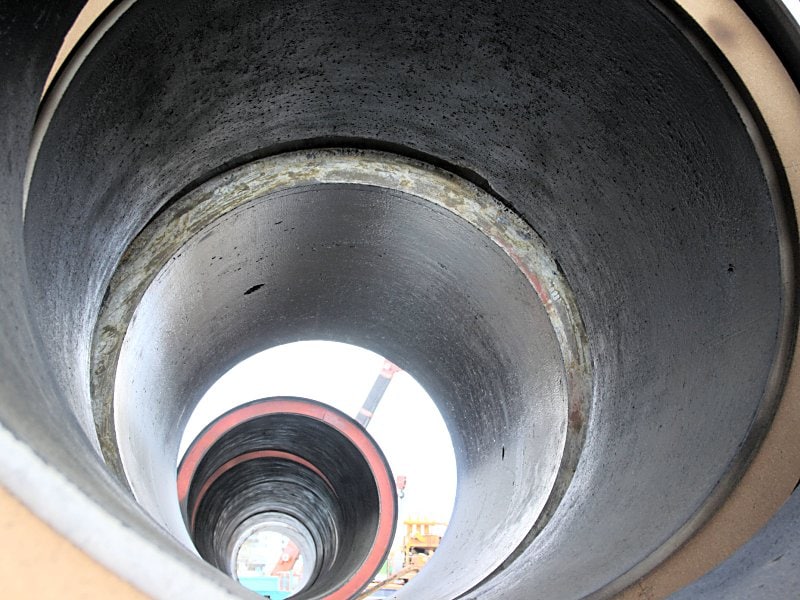PLATFORM: Invasive Strategy With FFRCT Reduces Costs Compared With Diagnostic Angiography
October 14, 2015
RELATED LINKS
 PLATFORM: FFRCT Reduces Unnecessary Caths in Stable CAD
PLATFORM: FFRCT Reduces Unnecessary Caths in Stable CAD FFR at CTA: A ‘One-Stop’ Coronary Lesion Test, Study Suggests
FFR at CTA: A ‘One-Stop’ Coronary Lesion Test, Study Suggests FFR- and IVUS-Guided PCI Do Not Reduce Mortality
FFR- and IVUS-Guided PCI Do Not Reduce Mortality
My Alerts
Click the topic below to receive emails when new articles are available.
RELATED DRUGS & DISEASES
Coronary CT Angiography
Neurologic/Myocardial Protection During Pediatric Cardiac Surgery
Pulmonary Angiography
SAN FRANCISCO, CA — The use of a diagnostic strategy with fractional flow reserve (FFR) derived from computed tomography (CT) not only significantly reduced the number of patients requiring invasive coronary angiography compared with usual care but also reduced resource consumption and costs, according to a new analysis[1].
In patients with chest pain in a planned invasive-treatment arm, the average 90-day cost per patient was $7343 with the use of FFRCT compared with $10,734 for patients undergoing diagnostic angiography, a statistically significant difference. In the group of patients undergoing noninvasive testing, the mean costs were not significantly different between patients treated with usual care and those treated with FFRCT.
“In symptomatic patients with intermediate probability of coronary disease, the evaluation strategy that was based on CT angiography and FFR had lower costs than invasive angiography when that was the plan and also had a greater improvement in quality of life [QoL] than usual noninvasive testing,” said Dr Mark Hlatky (Stanford University School of Medicine, CA) during a morning press conference announcing the results of a new economic analysis from the Prospective Longitudinal Trial of FFR-CT: Outcome and Resource Impacts(PLATFORM) study.
The results were presented here at TCT 2015 and published simultaneously in JACC: Cardiovascular Interventions.
The PLATFORM study included two arms: 204 patients undergoing planned noninvasive testing and 380 patients undergoing planned invasive testing with diagnostic angiography. In both study groups, patients were assigned to usual care or an FFRCT-guided strategy. For the 380 patients assigned to the planned invasive coronary angiography arm—all patients had stable coronary artery disease symptoms and an intermediate pretest probability of disease—187 were treated with usual-care invasive angiography while 193 underwent FFRCT testing prior to the scheduled angiogram.
The clinical results—presented 6 weeks ago at the European Society of Cardiology Congress—showed the use of FFRCT resulted in a large percentage of scheduled diagnostic catheterizations being safely canceled after functional and anatomic information was obtained from FFR.
The $3391 difference in costs between invasive angiography and FFRCT was driven primarily by the lower costs of invasive procedures. The downstream costs, which excluded the costs of the initial tests, were $7047 for the FFRCT group and $8422 among patients treated with usual care.
As reported previously by heartwire from Medscape, 61% of angiograms were canceled after physicians obtained data from FFRCT, sending just 76 patients on for an invasive catheterization. Of these patients, just 12% did not have any obstructive coronary disease on diagnostic angiography. In contrast, 73% of patients assigned directly to diagnostic angiography did not have any evidence of coronary artery disease on the angiogram.
In the noninvasive arm, the mean costs among patients treated with FFRCT and usual care was $2679 and $2137, respectively. The difference was not statistically significant. Patients in the noninvasive arm undergoing FFRCT did have significantly better scores on QoL questionnaires, including the Seattle Angina Questionnaire and the EuroQoL. Hlatky said the reasons for the better QoL scores are not known but it might be related to the reassurance provided by the functional information given with FFRCT.
